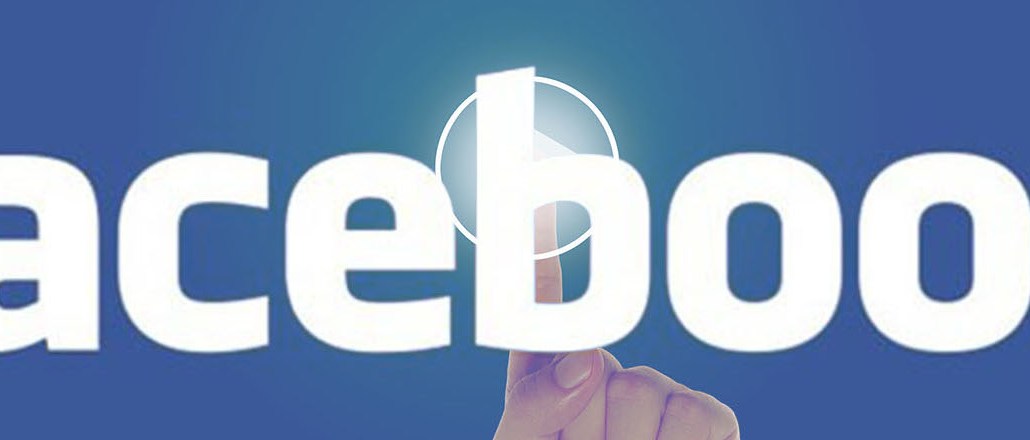Register by Jan 13 to save on passes and connect with marketers from Uber, Bose and more

Facebook announced it has tweaked its algorithm once again, and will now be more widely surfacing videos based on how users interact with the content, as opposed to their popularity (as determined by likes, shares and play counts).
To decide which videos users want to see in their News Feeds, Facebook will be looking at positive interactions people have with the clips — whether they unmute the videos, for example, or if the video was expanded to full screen.
The move is to “help people see more of the videos they care about and fewer of the videos they don’t,” the social network wrote in a blog post. Facebook is rolling out the changes starting today.
The announcement is part of a broader shift away from likes, comments and shares as a barometer for what is shown in users’ News Feeds. Two weeks ago, Facebook told publishers it’s filling people’s feeds with content based on how long they spent reading posts.
This method has both positives and negatives. The argument in favor posits that customizing the News Feed to include what people are actually paying attention rather than a viral clickbait post could make Facebook a better experience. On the other hand, someone watching a video out of sheer curiosity instead of it being something they’re actually interested in, then it could have unintended consequences.
So careful what (and, increasingly, how) you click because Facebook is watching.
More in Media

Future starts to sharpen its AI search visibility playbook
Future is boosting AI search citations and mentions with a tool called Future Optic, and offering the product to branded content clients.

Digiday’s extensive guide to what’s in and out for creators in 2026
With AI-generated content flooding social media platforms, embracing the messiness and imperfection of being human will help creators stand out in the spreading sea of slapdash slop.

Media Briefing: Here’s what media execs are prioritizing in 2026
Media executives enter 2026 weathered by disruption, but refocused on AI revenue, brand strength and video and creator opportunities.





